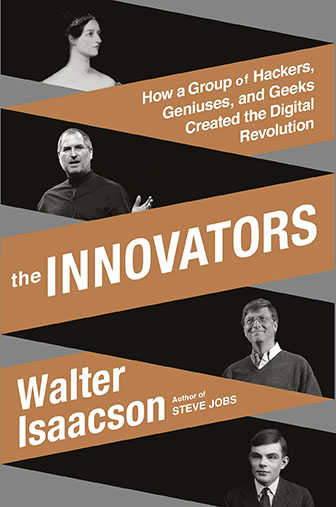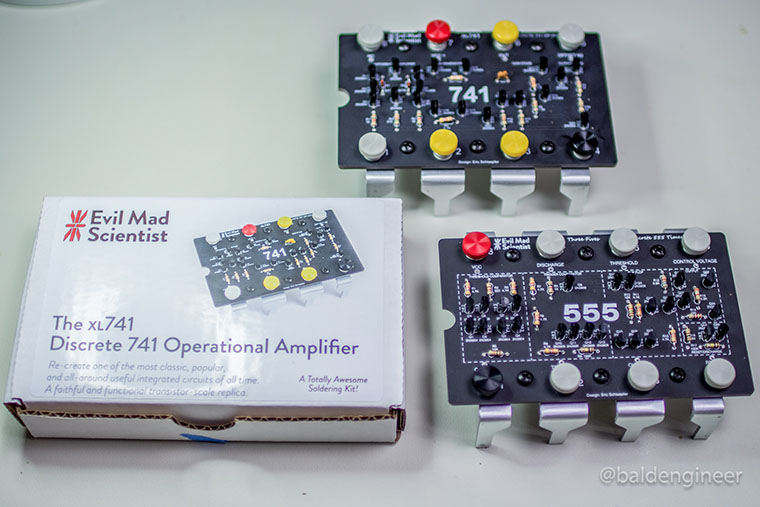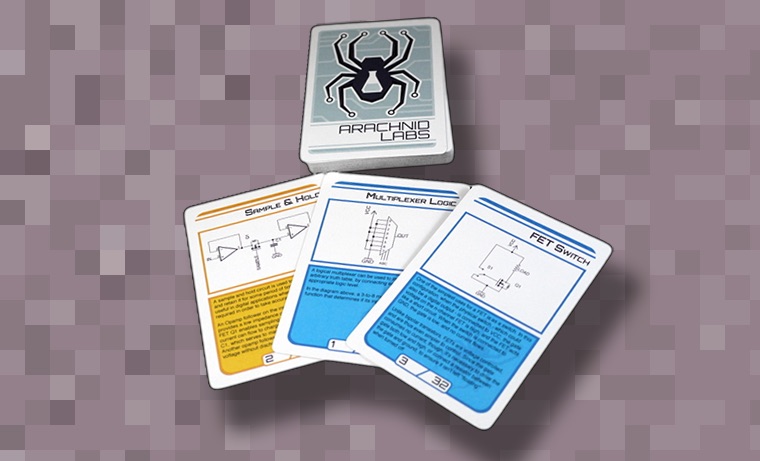A couple of weeks ago I was invited to join The Engineering Commons podcast to talk about capacitors on episode 93. I had been a listener of the podcast because I heard about it in this book. A Whole New Engineer looks at the changes are needed in engineering education. My personal interest was to see if there were elements I could apply to the AddOhms Electronics Tutorials I create. Like all aspects of our lives, evoluation is occuring and educaiton is no different. On top of that, traditional education techniques rarely prepare students for live after school.
The traditional weed-out lecture courses and stand-alone research projects are a thing of the past.
The stories about Olin College of Engineering were eye opening. Thinking back to my time at Purdue, I wished I could have been at the foundation of a new curriculum (though, I’m glad I had the one I did.) My eye opener with the Olin example is how it is analogous to the “real world.” Traditional engineering education silos instructor from the student, in much the same way large corporations silo work functions. The idea of breaking down those silos between Instructor (manager) and Student (employee) to achieve an overall goal is very progressive and based on the research provided, rewarding.
Whether you are involved in engineering education or, like me, just have passion for sharing it–I highly recommend this excellent book. Whether if you’re writing tutorials, creating a classroom, putting together a workshop, or even helping out with STEM, there are key tidbits you will pull from this book.
Check out A Whole New Engineer on Amazon.
 Reading a blog post like this one is something we all do multiple times a day. As early as 20 years ago, such a concept was still entirely unknown to the rest of the world. Walter Isaacson’s “The Innovators…” book is a history telling of the players involved from the early days of Ada Lovelace all the way through to Google’s search success.
Reading a blog post like this one is something we all do multiple times a day. As early as 20 years ago, such a concept was still entirely unknown to the rest of the world. Walter Isaacson’s “The Innovators…” book is a history telling of the players involved from the early days of Ada Lovelace all the way through to Google’s search success.




